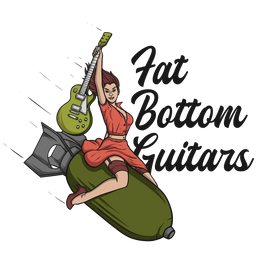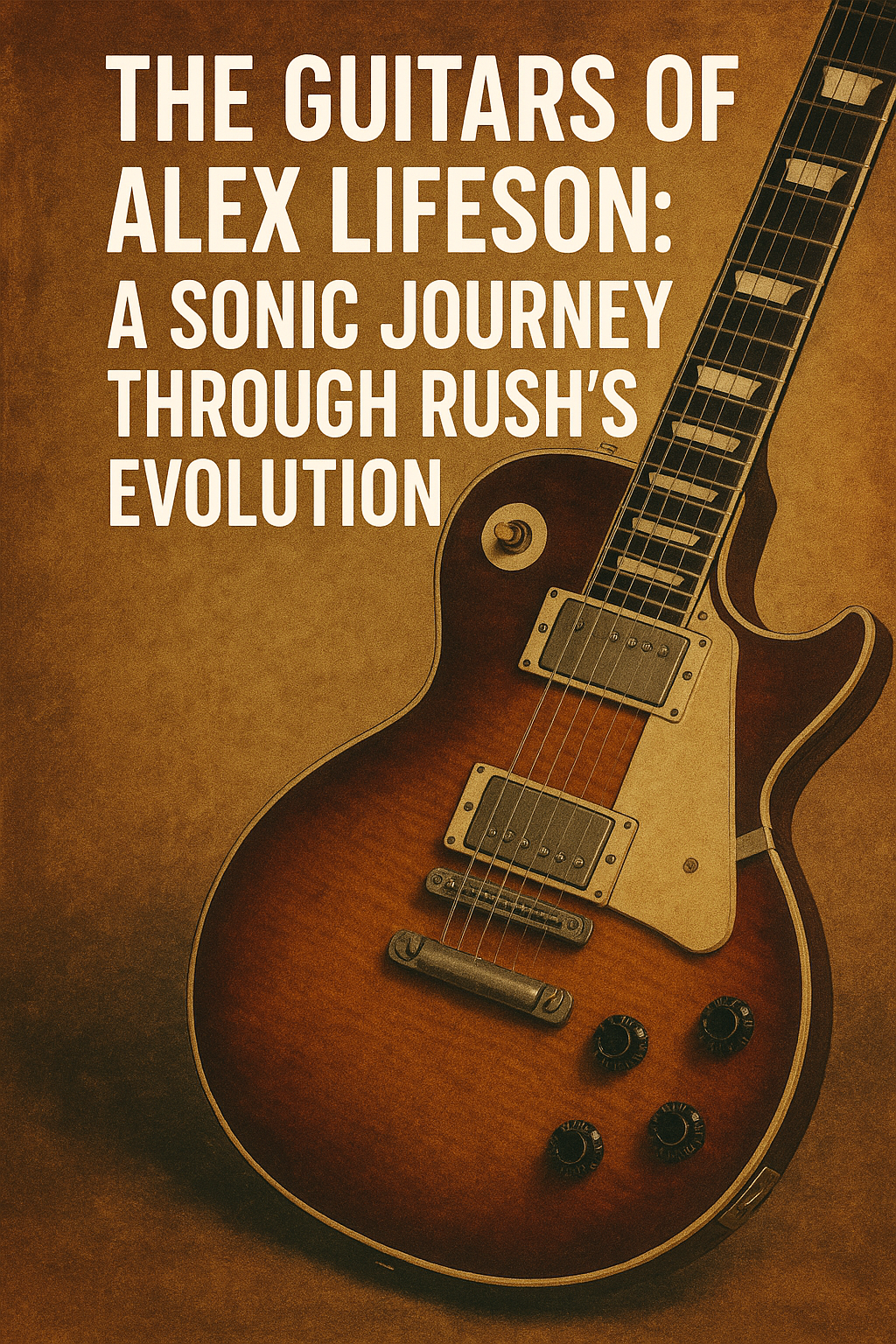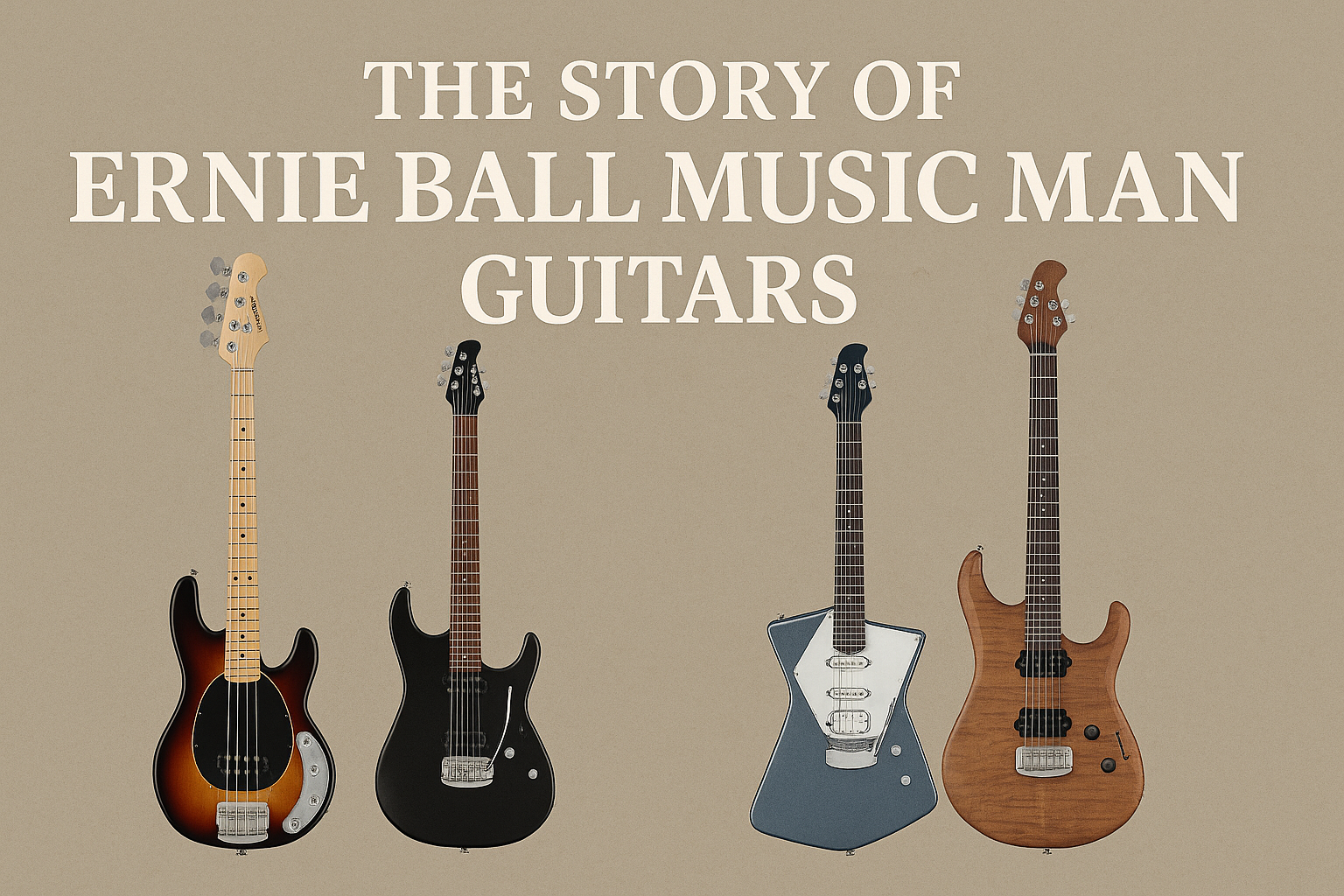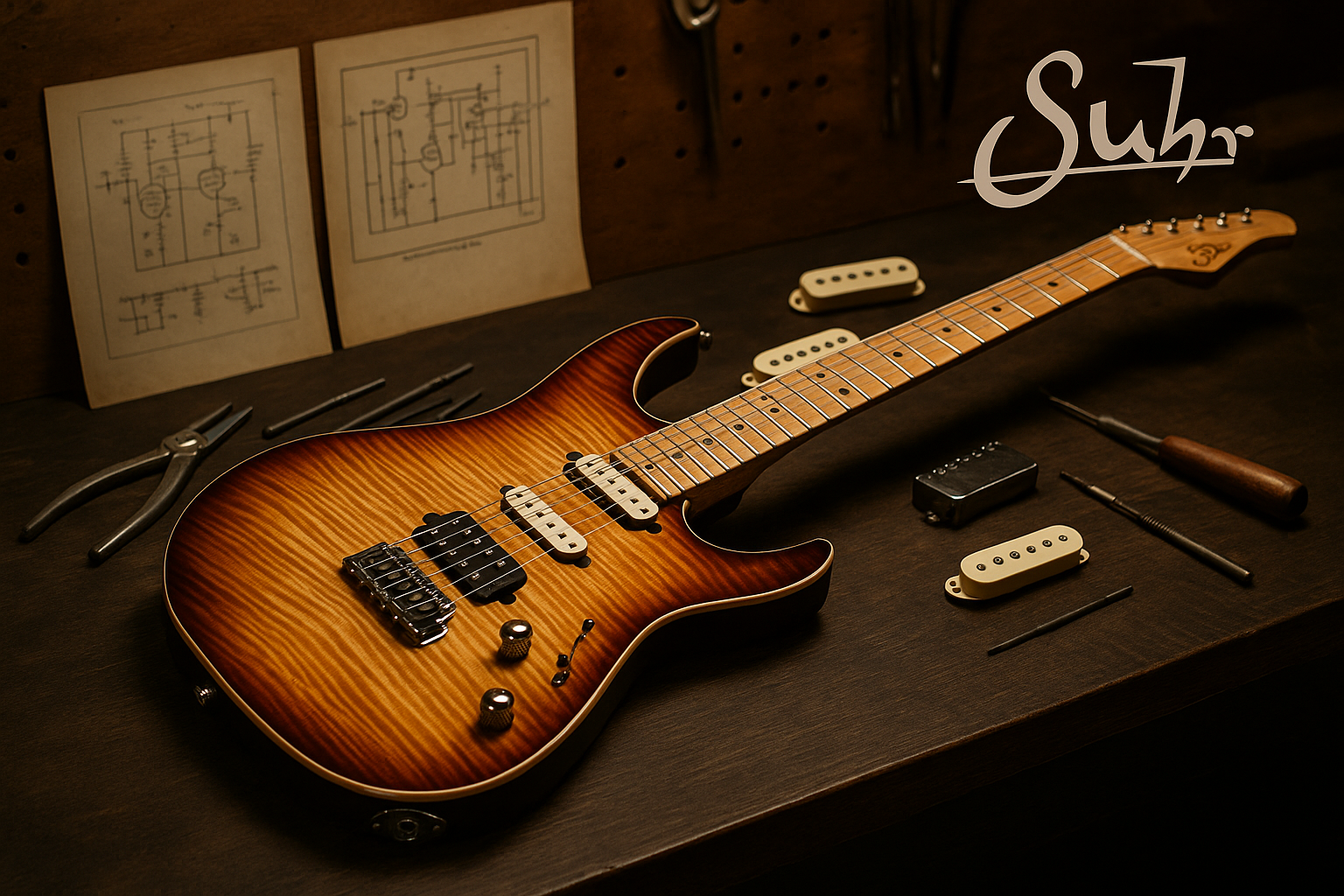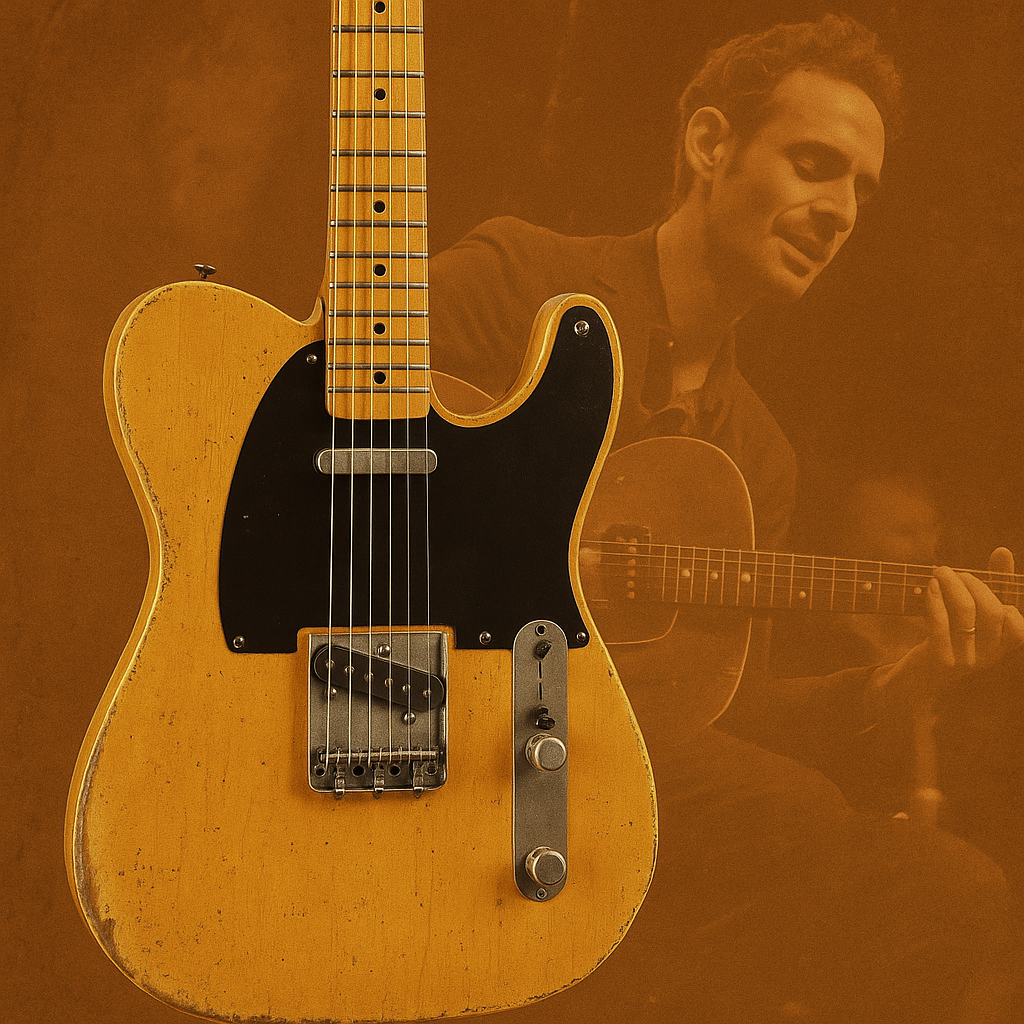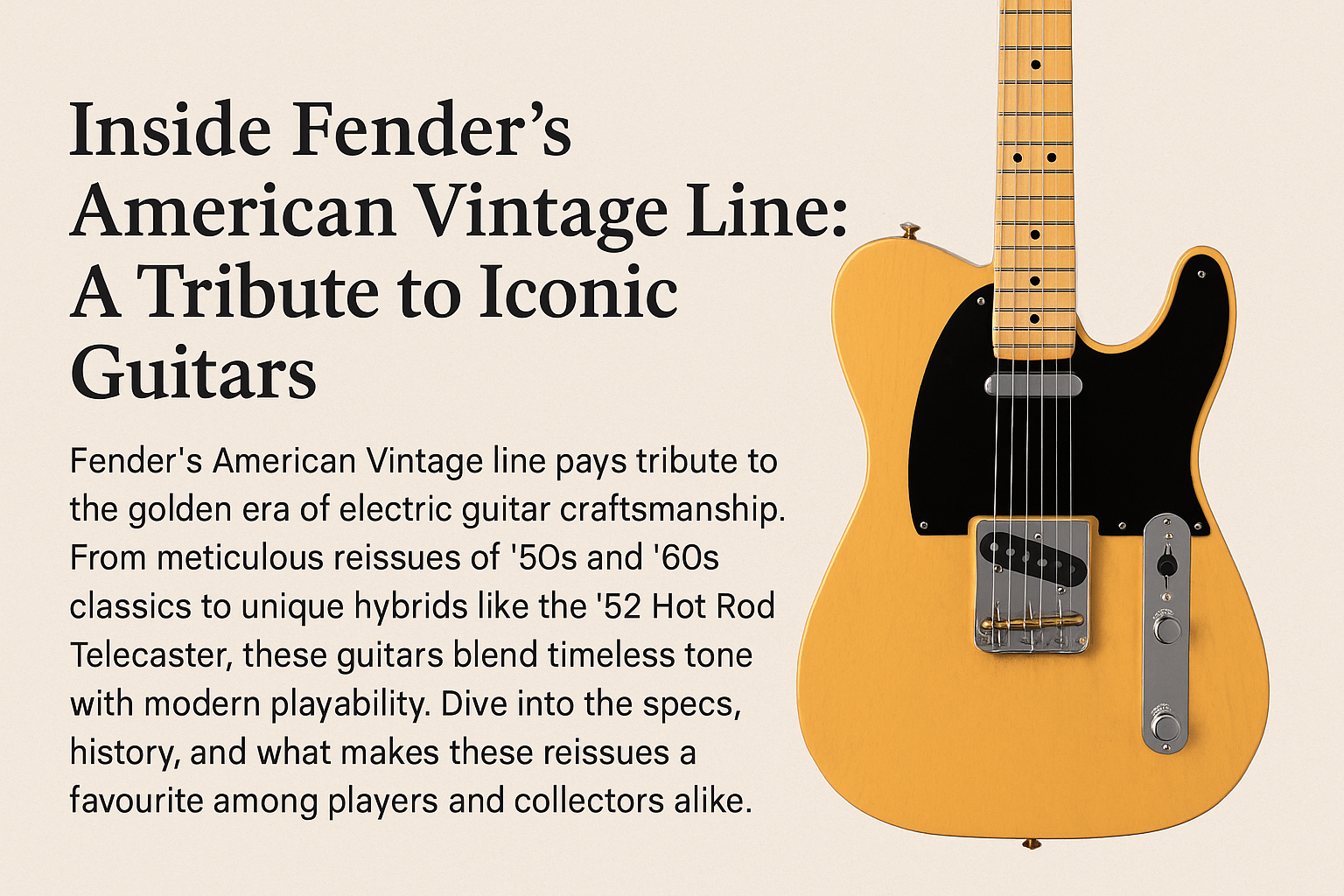Mention the Fender Telecaster, and many guitarists instantly picture a country picker in a cowboy hat chicken-pickin’ through a honky-tonk classic. And yes, the Tele earned its stripes in Nashville. But to pigeonhole it as a “country guitar” is to miss out on one of the most versatile, expressive, and deceptively simple electric guitars ever made.
From smoky jazz clubs to post-punk anthems and funk grooves, the Telecaster has found its way into nearly every genre imaginable. This is a look at the players and genres that have embraced the Telecaster outside of its country reputation—and why it continues to surprise and inspire.
1. Jazz: The Unexpected Fit
Jazz guitarists are often associated with warm hollowbodies and round tones. But many players have found the Telecaster’s clean, articulate voice perfect for modern jazz.
Notable Jazz Tele Players:
-
Julian Lage
One of the most celebrated modern jazz guitarists, Lage plays a Telecaster for its clarity and responsiveness. His tone is rich but cutting, able to hang in intimate trio settings or more aggressive jams.
“The Tele is just brutally honest… it’s like a blank canvas that really reflects what you’re putting into it.” – Julian Lage
-
Mike Stern
A fusion legend, Stern plays a Tele-style guitar (Yamaha Pacifica) outfitted with humbuckers, but the Tele body and feel are unmistakable in his phrasing and attack.
-
Bill Frisell
Known for ambient textures and minimalist jazz lines, Frisell has used a Telecaster to weave dreamy soundscapes and Americana-infused jazz.
2. Rock: From Punk to Arena
The Tele has always had a raw, aggressive side—its bridge pickup is famously biting, with loads of snap and character. It’s no surprise that rock players love it for rhythm and lead work alike.
Notable Rock Tele Players:
-
Bruce Springsteen
His battered Esquire/Tele hybrid has become nearly as iconic as The Boss himself, powering through decades of arena-filling anthems.
-
Joe Strummer (The Clash)
The Tele was perfect for punk: durable, loud, and gritty. Strummer’s paint-splattered model helped define the punk aesthetic.
-
Jimmy Page (Led Zeppelin)
Though often associated with Les Pauls, Page recorded much of Led Zeppelin I and the solo on Stairway to Heaven with a ‘59 Telecaster.
-
Graham Coxon (Blur)
His spiky, angular tone often came courtesy of a Telecaster, lending British alt-rock its distinct snap in the ’90s.
3. Funk and Soul: Tight and Punchy
In funk and soul, rhythm is king. The Telecaster’s tight attack and percussive qualities make it a rhythm machine.
Notable Funk/Soul Tele Players:
-
Steve Cropper (Booker T. & the MG’s / Stax Records)
Played a major role in shaping Memphis soul with tight Tele lines behind Otis Redding, Sam & Dave, and Wilson Pickett.
-
Nile Rodgers (occasionally)
While best known for his Strat, Nile has played Telecasters to achieve razor-sharp funk rhythms.
-
Prince
His iconic “Hohner” Telecaster copy was a staple throughout his career, delivering funk, rock, and pop with equal brilliance.
4. Indie and Alternative: The Cool Outsider
The Tele has long been a favorite of indie rockers and post-punk players, thanks to its stripped-down look and distinct voice.
Notable Indie Tele Players:
-
Jonny Greenwood (Radiohead)
His wild experimental tones often came from a Telecaster, paired with unorthodox gear and playing techniques.
-
Alex Turner (Arctic Monkeys)
Used a Telecaster in the early days for their garage-inspired debut, where its rawness matched the band’s gritty energy.
-
St. Vincent (Annie Clark)
Though she now has a signature model, her early recordings leaned heavily on Fender Teles for angular art-rock textures.
5. Blues: Raw Emotion, Simple Setup
The blues demands expressiveness—and the Tele delivers. Whether clean or pushed through a dirty amp, it reacts beautifully to dynamics and pick attack.
Notable Blues Tele Players:
-
Roy Buchanan
A Telecaster purist, Buchanan pulled sounds out of his guitar that bordered on supernatural. His tone was equal parts vocal, sharp, and soulful.
-
Albert Collins
“The Master of the Telecaster,” Collins used open tunings and a capo to deliver his biting ice-pick tone.
-
Danny Gatton
Equally adept at jazz, blues, and rockabilly, Gatton made his Tele sing, scream, and everything in between.
Why the Tele Works Everywhere
So what makes the Telecaster such a chameleon?
-
Simple design – Two pickups, one volume, one tone. It just works.
-
Responsive dynamics – The Tele reacts to every nuance in your playing.
-
Clear tonal character – Its voice cuts through, yet adapts to effects and amp settings.
-
Durability – Built like a tank, perfect for stage and studio.
Conclusion: Don’t Underestimate the Tele
The Fender Telecaster might wear its country credentials proudly, but it’s far from a one-trick pony. Its sharp attack, beautiful cleans, and no-nonsense design have made it a staple across genres—from jazz ballads and funk grooves to punk riffs and ambient textures.
If you’re looking for a guitar that doesn’t get in the way of your playing, but instead brings it out in full colour, the Tele might just be your perfect match.
